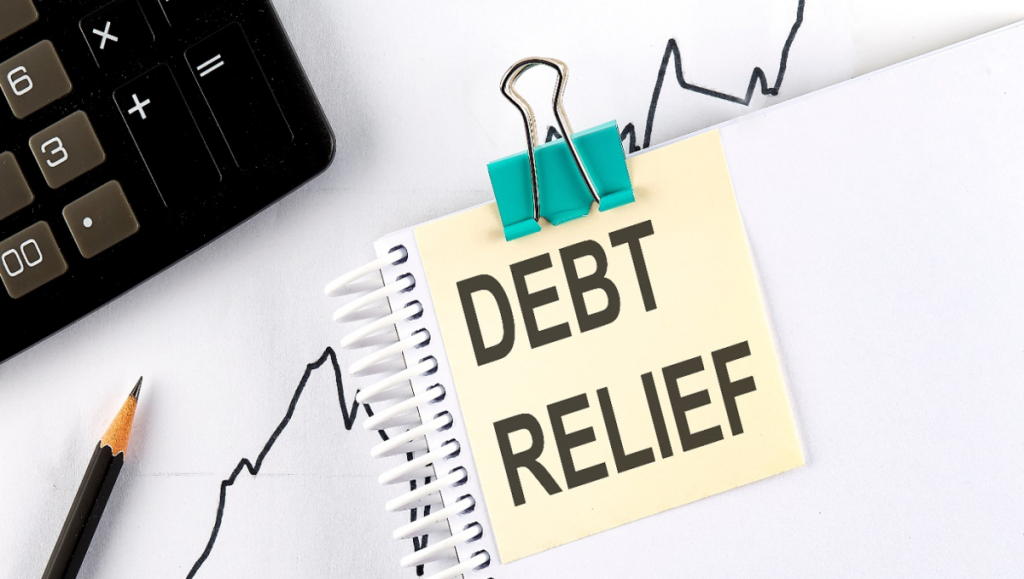In the realm of financial management, unsecured debt stands out as a common challenge for many. Unlike secured debts, which are tied to assets like homes or cars, unsecured debts include credit card balances, personal loans, and medical bills. These can accumulate quickly, often overwhelming individuals. This article aims to explore debt relief options specifically tailored to unsecured debts, offering a beacon of hope for those struggling to regain financial stability.
Understanding Unsecured Debt
Unsecured debt is characterized by its lack of collateral. Creditors extend credit based on your promise to repay, assessing your creditworthiness without securing assets. While this may seem advantageous, it often leads to higher interest rates and can spiral into unmanageable levels if not carefully handled.
The Emotional Toll of Unsecured Debt
The burden of unsecured debt goes beyond finances. It can lead to stress, anxiety, and a feeling of being trapped in a cycle of debt. Recognizing the emotional impact is crucial in taking the first step towards relief. It’s not just about clearing balances; it’s about restoring peace of mind.
Debt Relief Strategies for Unsecured Debts
Debt Consolidation Loans: This involves taking out a new loan to pay off multiple unsecured debts, leaving you with a single monthly payment. This can simplify your finances and potentially lower your interest rate, making it easier to manage debt.
Credit Card Balance Transfers: Transferring high-interest credit card balances to a card with a lower interest rate, often a promotional rate, can reduce the amount of interest you pay. However, it’s essential to be aware of transfer fees and the regular rate after the promotion ends.
Debt Settlement: This strategy involves negotiating with creditors to pay a lump sum less than the total owed. While this can reduce your debt load, it may negatively impact your credit score and should be approached with caution.
Credit Counseling: Non-profit credit counseling agencies can offer guidance on managing unsecured debts. They can help devise a debt management plan, negotiate with creditors, and provide budgeting advice to prevent future debt accumulation.
Bankruptcy: As a last resort, filing for bankruptcy can discharge unsecured debts. However, it has significant and long-lasting impacts on your credit history and should only be considered after exploring all other options.
Budgeting: Your First Line of Defense
Effective budgeting is the foundation of managing unsecured debt. It involves understanding your income, tracking your expenses, and identifying areas where you can cut back. A solid budget provides a roadmap for allocating funds towards debt repayment and avoiding further debt.
Utilizing Technology for Debt Management
Leveraging digital tools can make managing unsecured debt easier. Budgeting apps, debt repayment calculators, and online platforms for tracking expenses can provide clarity and control over your financial situation, helping you stay on track with your debt relief plan.
The Importance of Small Victories
Debt relief is a process, and celebrating small wins is essential for maintaining motivation. Each paid-off credit card or reduced loan amount marks progress and should be acknowledged as a step closer to your goal of being debt-free.
Looking Beyond Immediate Relief
While immediate debt relief is crucial, long-term financial health is the ultimate goal. This includes building an emergency fund, planning for retirement, and cultivating habits that prevent future unsecured debt accumulation.
Seeking Professional Advice
Professional financial advisors or debt relief services can provide personalized strategies based on your specific circumstances. They can offer insights into the most effective relief options for your unsecured debts, ensuring you make informed decisions.
Living a Debt-Free Life
Embracing a lifestyle free from the burden of unsecured debt is liberating. It involves changing spending habits, prioritizing savings, and making educated financial decisions. A debt-free life is about financial health and enjoying a life free from the stress and constraints of debt.
Conclusion
Unsecured debt relief is a journey that requires patience, discipline, and the right strategy. By understanding your options, embracing effective budgeting, and seeking professional guidance, you can navigate the path to a debt-free life. Remember, every step towards paying off your unsecured debt is a step towards a brighter, more secure financial future.

